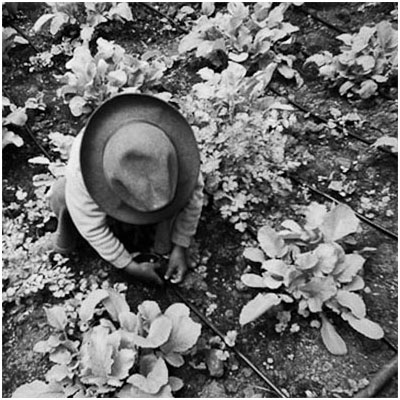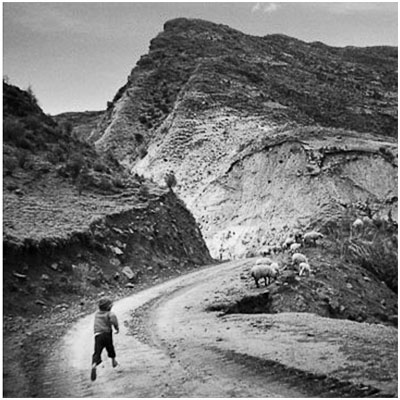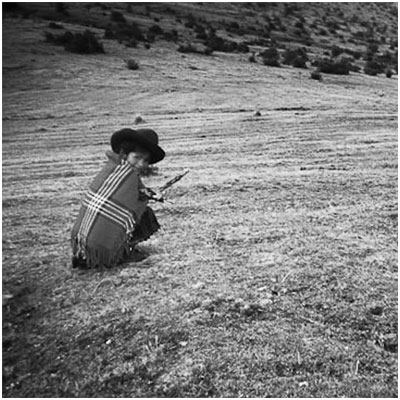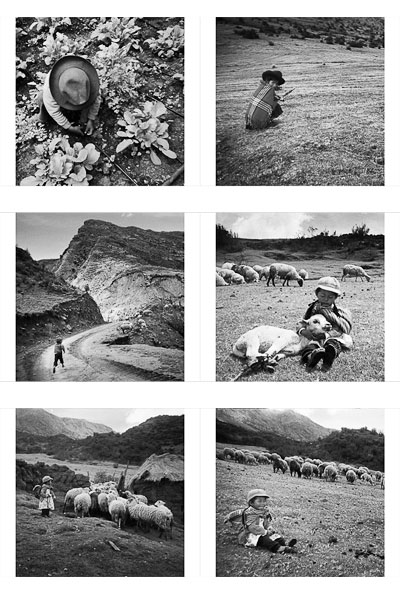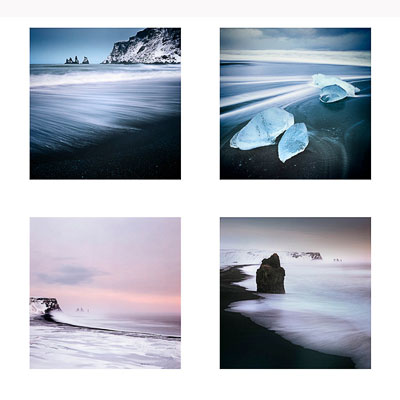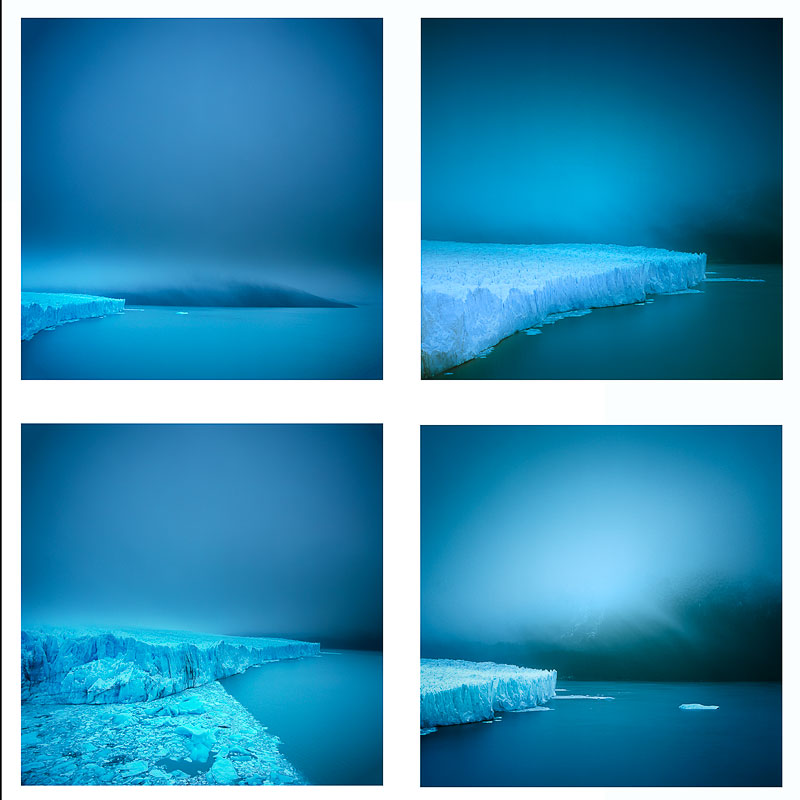It's been four years now, that I've been self-employed as a full-time photographer. In that time, I've made the transition from looking upon my own photography as a passion / hobby to something that is at the core of my identity and is also my work.
I was told by a few friends who are photographers, that there is always the danger that turning any passion into a job, can kill that passion. It's true, this is a real possibility and I've had periods over the past four years when I've felt as if I'd hit rock bottom in terms of inspiration, simply because I was working too hard, making sure I was making a living, and spending most of my time teaching others, but not making many images myself. There has to be a dividing line and if you are to venture into something you love doing as a job, you need to make a distinction between 'work' and 'hobby'. It's taken me a while to get there, and part of that process has been to realise that each year, I need to set time aside for myself, for my own photography. It's a hard balancing act to do, when you're always thinking about ensuring you keep making a living, and is not, as I'm sure others assume, an easy life.
So I've been on the lookout for some inspiration. I'd dearly love to put my landscape work to one side for a while, and focus more on making images of people. The last time I did this was in 2011 in Ethiopia, and my real 'blaze' at making people images happened in India and Nepal in 2009.
A good friend of mine mentioned that there is a children's charity called Amantani, based in Peru, who's primary aim is to help Quechua children with their education. Often walking miles each day to get to school, Amantani have been looking for funds so they can house and educate the local Quechua children and prevent them from walking many many miles each day to and from their school.
I decided to look into Amantani a bit more, and I stumbled upon a little photographic gallery (which they have kindly allowed me to reproduce here). The work was really beautiful. I thought, wow - I'd love to go there and work with these children if I could get images like these. They are fly on the wall documentary images. But what struck me most, was that they were taken by the children themselves.
I find it truly inspiring to think that little girls and boys made these images. It's made me wonder - do children in general make more truthful images?
I think they do. Or at least, they must do. I can hardly imagine a child being full of pre-conceptions, and if anything, their eye's must be closer to their hearts and to what they feel, than the average adult.
And the thing is, I really want to get involved. I just don't know in what way as yet, or indeed, if it's a possibility, but it's given me inspiration, and any creative person should follow what inspires them.
One thing is clear to me though, the images captured here were made in the least self-conscious way. I'm fully aware that anything I could do, to document what these children experience each day as part of their Quechua lives, would only capture the surface. For one, I'm not a child (well, I do have some friends who would dispute this) - it takes a lot of effort to blend in, to become invisible. I'm so envious.... if only I were 7 years old again, maybe I could create images as honest as these are.
If you'd like to see the children's original photographs, or find out more about Amantani, then please go here.
And if you would like to donate, please go here.

